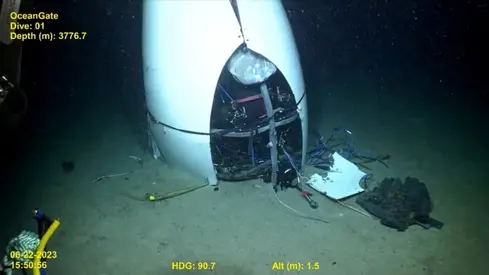T4K3.news
Titan tragedy analysis published
A new editorial analysis examines the Coast Guard findings on OceanGate and the potential liability questions raised by the Titan disaster.

An examination of the Coast Guard report shows Rush as a controlling leader whose push for risk over safety could have invited criminal liability if he had survived.
Stockton Rush Faces Questions of Safety and Liability After Titan Tragedy
New details from the US Coast Guard Marine Board of Investigation portray Stockton Rush as a commanding force at OceanGate, accused of ignoring established engineering protocols and using intimidation to silence safety concerns. The 335 page report says the company created a culture that prioritized rapid dives and marketing over verified safety, and it notes a toxic work environment where staff faced dismissal for voicing concerns.
The document also highlights a pattern of cost cutting on the Titan hull and a hesitation to report issues when they were found. It notes that mission specialists paid up to 250000 for eight days of dives to the Titanic site, with funds flowing directly into OceanGate’s operating accounts. The investigation suggests Rush could have faced criminal liability under the seaman manslaughter statute due to his dual role as operator and master during the casualty, and it confirms OceanGate has since wound down operations while cooperating with the inquiry.
Key Takeaways
"Safety just is pure waste"
Rush told a journalist safety should not block exploration
"I’ve broken some rules to make this"
Rush on breaking rules for innovation
"I’m going to get a dive in, even if it kills me"
A crew member recalled Rush before a dive
"The future of mankind is underwater"
Rush spoke of underwater bases as a plan
This tragedy exposes a clash between daring ambition and gatekeeping governance. When leadership consolidates control over safety decisions and external oversight is weak, risky choices become the default. The Coast Guard findings argue for clearer rules and accountability in commercial deep sea exploration, a sector that blends spectacle, research and profit. The Titan story is less about individual hubris and more about a structural gap between innovation and safety that lawmakers and regulators may need to close.
Highlights
- Safety just is pure waste
- I’ve broken some rules to make this
- I’m going to get a dive in, even if it kills me
- The future of mankind is underwater
Legal and regulatory risks from Titan tragedy
The Coast Guard report raises the possibility of criminal liability and notes a pattern of safety concerns being sidelined. This could attract legal action and regulatory reforms in the industry.
Ambition without guardrails can be deadly, and this case may push regulators to close the gaps.
Enjoyed this? Let your friends know!
Related News
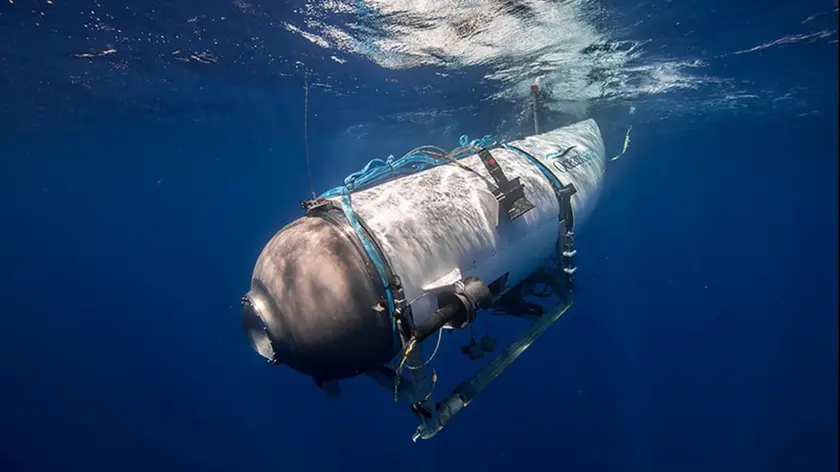
OceanGate safety report issues damning findings
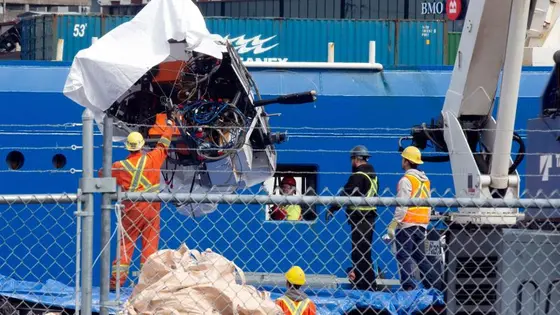
Titan submersible tragedy found preventable
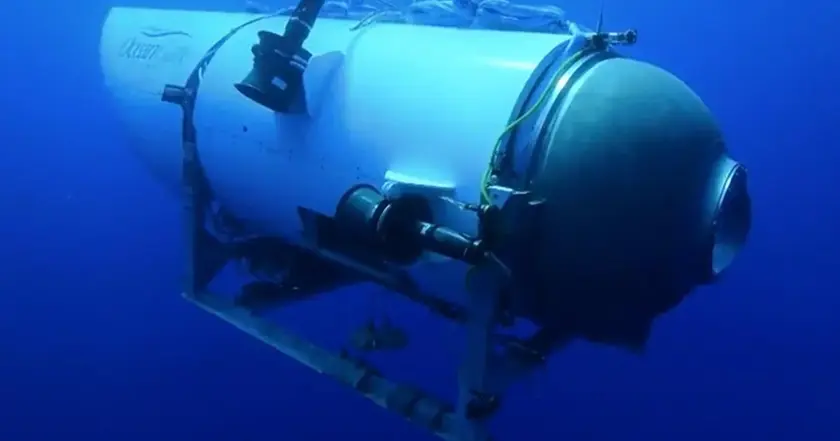
Coast Guard findings reveal failure in OceanGate safety practices
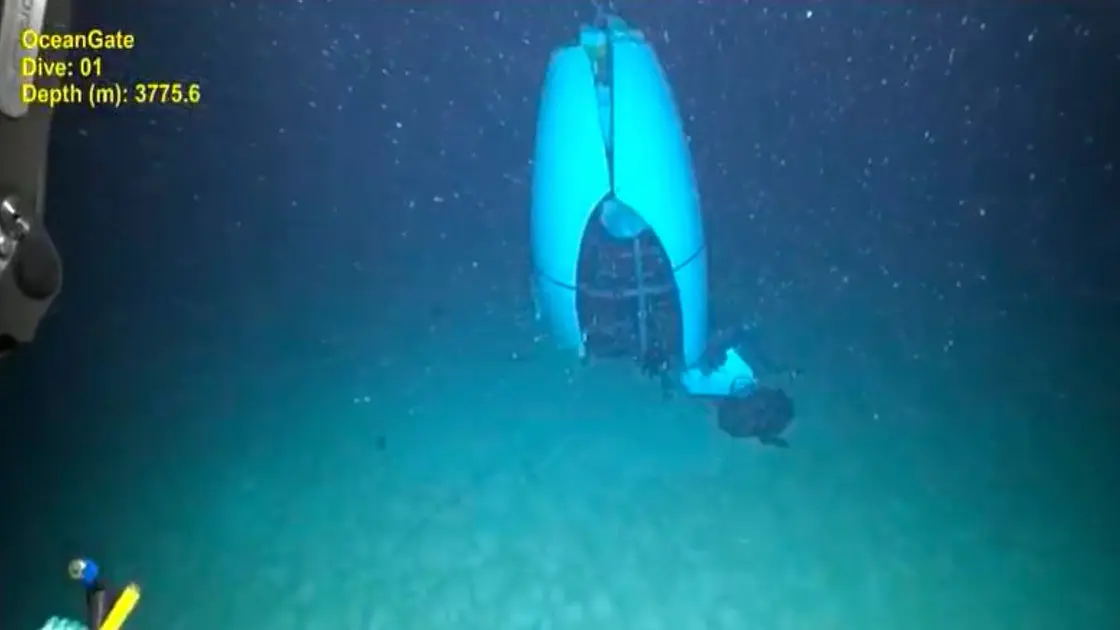
Report criticizes OceanGate CEO for submersible tragedy

Report identifies workplace culture as a key factor in Titan submersible tragedy

Preventable tragedy highlights failures in submersible safety
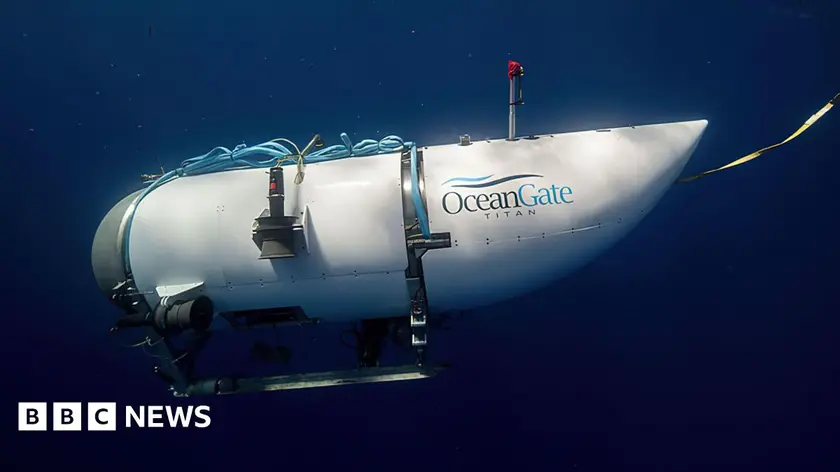
US Coast Guard report implicates Stockton Rush in Titan sub incident

Rapid CO2 rise could trigger mass extinction
